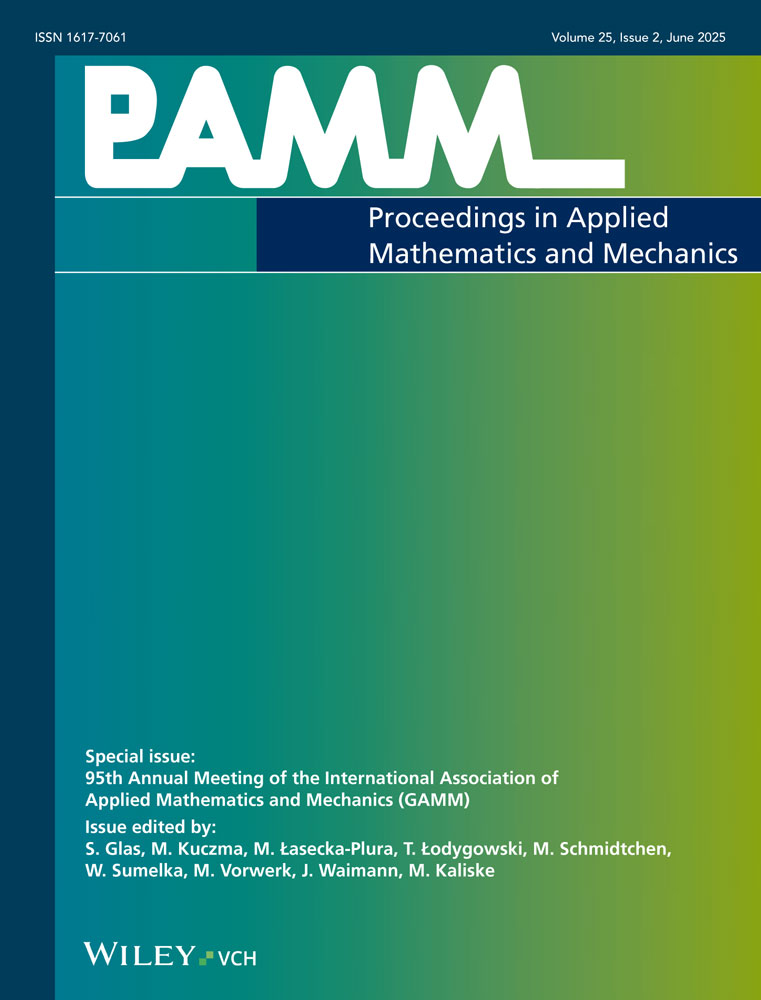A variational model for the functional fatigue in polycrystalline shape memory alloys
Abstract
Shape memory alloys show a very complex material behavior associated with a diffusionless solid/solid phase transformation between austenite and martensite. Due to the resulting (thermo-)mechanical properties – namely the effect of pseudoelasticity and pseudoplasticity – they are very promising materials for the current and future technical developments. However, the martensitic phase transformation comes along with a simultaneous plastic deformation and thus, the effect of functional fatigue.
We present a variational material model that simulates this effect based on the principle of the minimum of the dissipation potential. We use a combined Voigt/Reuss bound and a coupled dissipation potential to predict the microstructural developments in the polycrystalline material. We present the governing evolution equations for the internal variables and yield functions. In addition, we show some numerical results to prove our model's ability to predict the shape memory alloys' complex inner processes. (© 2016 Wiley-VCH Verlag GmbH & Co. KGaA, Weinheim)




